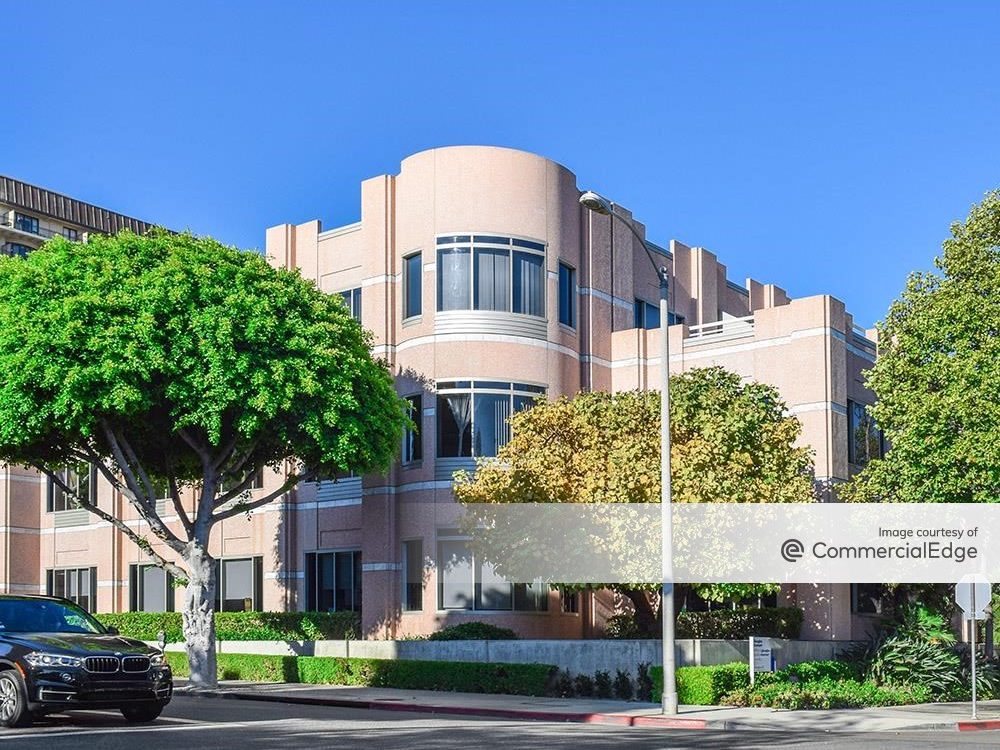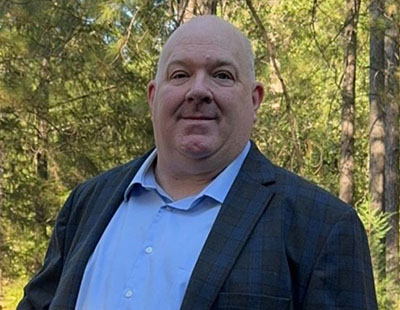Servicing, Defaults Dominate CREFC Discussion
The rapid increase in interest rates has left the commercial mortgage market to deal with fallout, said panelists at the CRE Finance Council’s Annual Conference in New York City.
The rapid increase in interest rates has left the commercial mortgage market to deal with fallout that includes waning borrower demand and preference for different products, rising defaults and the decreased appetite from commercial banks.
The sharp increase in interest rates starting in the spring of 2022 has left many loans underwater as property values decrease and borrowers are unable to pay off maturing loans without putting up extra cash. If mortgage rates stay at 6 percent or higher, more than one-third of CMBS loans maturing by year-end 2024 could not be fully refinanced without debt-service falling to dangerously low levels, according to an analysis by analytics firm Trepp.
“No matter how well loans are performing, takeout financing will be difficult,” said one panelist at last week’s CRE Finance Council’s Annual Conference in New York City. “You can’t see (mortgage) rates shift from 2.5 percent to 8 percent and not see meaningful consequences,” said another.
READ ALSO: Investors Are Bearish This Year: DLA Piper
Transaction activity was fueled by low mortgage rates in recent years, with many properties acquired at 4 percent yields. But acquisition yields are rising in sympathy with higher mortgage rates, resulting in lower property values. According to the Green Street Commercial Property Price Index, commercial asset values are down 15 percent from the March 2022 peak, with office (-27 percent) and apartments (-21 percent) as the worst-performing property types.
Demand shrinks at high rates
Commercial mortgage volume is well down in 2023. CMBS volume through early June was $13.2 billion, down 74 percent year-over-year, according to Commercial Mortgage Alert. Transaction activity has plummeted by more than 50 percent, and many borrowers are trying to find ways to extend existing loans rather than take out new ones at current rates.
The Mortgage Bankers Association’s originations index fell 56 percent in the first quarter of 2023 compared to the same period a year ago, and that number will probably get worse in coming quarters, as many commercial banks are cutting back on lending in wake of the failures of several regional banks in March. Other lenders—such as specialty finance, private equity and CMBS programs—have dry powder and are willing to fill in the gap.
“Private credit will be the biggest gainer (from the pullback of banks),” a CREFC panelist said. “Debt funds are raising a lot of money. They’ll be the ones to step up and take the banks’ 50 percent share. Banks will be back, but I don’t see that in the next year or two.”
Even with the diminished appetite among commercial banks, lower volume is primarily a function of weak borrower demand. “There’s an abundance of capital ready to lend, but at (current rates) there is no demand,” said a CREFC panelist.
READ ALSO: In a Turbulent Market, Know Your Lenders
Most fixed-rate loans start with coupons at 6 percent or more. “Not a lot of borrowers want to lock in 10-year fixed recourse loans,” noted a CREFC panelist. Yet floating-rate debt is even more expensive. Floaters are indexed off the secured overnight financing rate (SOFR), which is just above 5 percent. With the risk spread added, most variable-rate debt is in the 8-9 percent range, and interest rate caps are costly. With the prohibitive cost of floating-rate debt, demand for mortgages is concentrated in 5-year fixed-rate loans.
Fixed-rate debt traditionally has maturities of 7 to 10 years, but borrowers do not want to lock in today’s rates for that length of time. That opens the door to five-year fixed-rate loans that can be pre-paid after the end of the third year. Nearly half of CMBS issuance year-to-date through mid-June comprises five-year loans, according to CMA, a much greater percentage than previous years for that product.
Defaults rising as balance sheets break
Another theme at CREFC was the differentiation between broken assets and broken balance sheets. Fundamentals such as occupancy rates and rent growth have been good in most property sectors, with office the obvious exception, while mortgage underwriting remained relatively strong in recent years when using metrics such as loan-to-value ratio, debt-service coverage and debt yield. On the other side of the equation, loan coupons increased sharply. For example, the weighted average coupon for agency multifamily loans securitized in 2023 is 6.0 percent, more than double the 2.9 percent average coupon in 2021 and 3.2 percent average rate in 2022.
Most loans continue to pay off at maturity. An analysis by Moody’s Investors Service found that more than 75 percent of CMBS conduit loans maturing in 2023 through May paid off at maturity, although there are signs that defaults are increasing. Some 7.3 percent of the loans that matured in the first quarter are delinquent, while 18.7 percent of loans that matured in April or May are delinquent, according to Moody’s.
Some borrowers are throwing in the towel without a fight. “I’ve never seen so many borrowers handing over the keys,” said a CREFC panelist. The disappointment to lenders is that many of these uncontested defaults come from large, well-capitalized firms that are defaulting strategically on properties they do not want to keep. Lenders call this an unprecedented “dangerous game,” noting that large firms typically get better loan terms because they historically default less.
READ ALSO: Why That Ugly Duckling Office Building May Be a Swan
Most underwater borrowers try to forestall paying off maturing loans by negotiating extensions with lenders. Loan servicers say that some borrowers come to the table expecting a free extension, but they quickly realize that they must pay additional equity or reserves, higher interest rates, or some other concessions to get lenders to bite. One servicer noted that “there’s a big difference between ‘I can’t get financing’ versus ‘I don’t like the financing I can get,’ which is a big part of the market today.”
Loans originated seven to 10 years ago had conservative underwriting and benefit from rent growth, and therefore have fewer roadblocks to being refinanced. Some CREFC panelists predicted a reckoning concentrated in 2020-22 vintage floating-rate loans that financed multifamily and industrial purchases at historically low acquisition yields in hot markets such as Phoenix and Salt Lake City. “You need tremendous growth to make the numbers work” to refinance those types of assets, said one. Most of these high-risk loans will be coming due in 2024 and 2025, which means that the next 12 to 24 months will be critical in determining how the situation will play out and the severity of delinquencies.
Right now, the uncertainty in pricing that has stalled deals is also preventing a wave of action on the default front. At some point, trades will start and set pricing standards. When pricing is set, “the dam will break,” but that remains months or quarters away.








You must be logged in to post a comment.